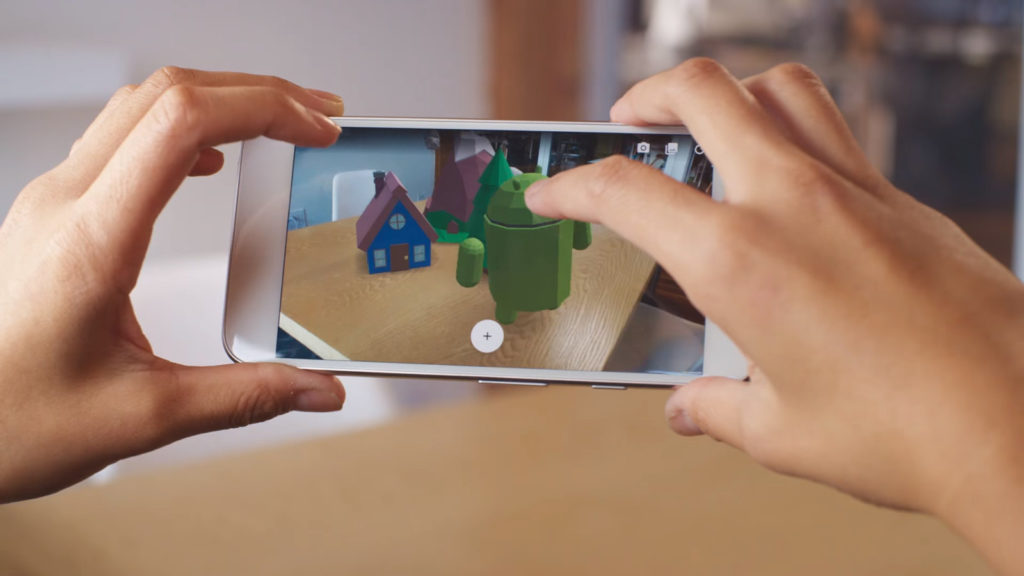Apple’s ARKit development tools have brought augmented reality back into the limelight in recent months, owing to the depth (heh) of features enabled by the technology.
For one, Apple and third-party devs have showed off motion/environmental tracking, showing great potential for expanding augmented reality beyond sophisticated multi-camera smartphones.
No ad to show here.
Now, Google has seemingly taken Apple’s cue and revealed ARCore, effectively being its take on AR development for normal smartphones.
“Today, we’re releasing a preview of a new software development kit (SDK) called ARCore. It brings augmented reality capabilities to existing and future Android phones,” the company wrote in a blog post, adding that developers can tinker with it right now.
Google writes that ARCore is built on the foundation set by its Project Tango AR project, which required phones with advanced sensors.
ARCore is effectively Google’s attempt to bring advanced AR functionality to standard Android phones
“But, it [ARCore – ed] works without any additional hardware, which means it can scale across the Android ecosystem. ARCore will run on millions of devices, starting today with the Pixel and Samsung’s S8, running 7.0 Nougat and above.”
Google adds that it’s working with Samsung, Asus, Huawei, LG “and others”.
What about the actual features enabled by ARCore though?
The SDK will deliver features like motion tracking, environmental understanding (helping to place virtual objects on real-world surfaces) and “light estimation” (making it possible for “developers to light virtual objects in ways that match their surroundings”).
Google is also showcasing developer creations on an AR Experiments webpage, showing off everything from virtual creatures hidden in the real world to walls being turned into faces.
